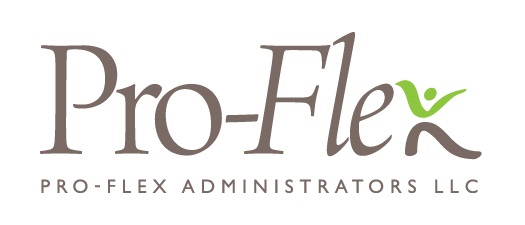The Internal Revenue Service (IRS) has tried to give insurers and plans a little temporary help in paying the new Patient-Centered Outcomes Research Institute (PCORI) tax.
Drafters of the Patient Protection and Affordable Care Act (PPACA) created the PCORI tax, which will start at $1 or $2 per insured individual, to pay for the cost of running a research institute that will try to analyze whether various medical treatments provide enough value to justify their cost.
The IRS — an arm of the U.S. Treasury Department — won’t let insurers or employers get out of paying the tax, but it will let them start off counting the number of plan enrollees subject to the tax in nonstandard ways.
IRS officials discuss the enrollee counting rules in a preamble to the final version of the “Fees on Health Insurance Policies and Self-Insured Plans for the Patient-Centered” regulations.
The new final regulations are based on proposed regulations released in April.
Health insurers that use a method called the “actual count method” to calculate the number of covered lives for a policy year must use that method, but they could begin counting lives under the policy as of May 14, 2012 — 30 days after the regulations were proposed — rather than the first day of the policy year. The insurer could then divide the result by the appropriate number of days remaining in the policy year, officials said.
Similarly, an insurer that uses another counting method, the “snapshot method,” for a policy year that began before May 14, 2012, and has or will end on or after Oct. 1, 2012, can use counts from quarters beginning or after May 14, 2012, to determine the average number of covered lives, officials said.
Sponsors of self-insured plans can use “any reasonable method” to count the average number of covered lives affected by the PCORI tax for a policy, officials said.
The IRS already has posted a preliminary version of the final regulations on the Web. The final regulations are set to appear in the Federal Register Thursday.
The regulations are supposed to take effect immediately and apply to plan years that end on or after Oct. 1, 2012, and before Oct. 1, 2019.
The regulations implement three sections added to the Internal Revenue Code (IRC) by PPACA — IRC Section 4375, IRC Section 4376 and IRC Section 4377
If PPACA takes effect on schedule and works as drafters expect, a health insurer or a self-insured group health plan will have to pay the government a $2 PCORI fee per covered life for each policy year ending on or after Oct. 1, 2013, and before Oct. 1, 2019.
Insurers and plans would have to pay a $1 PCORI fee per covered life for policy years ending on or after Oct. 1, 2012, and before Oct. 1, 2013.
The government would exempt government plans, such as Medicaid plans, from having to pay the PCORI fee.
The fee could generate a total of about $2.6 billion in PCORI funding between now and 2019, according to the Congressional Budget Office.
IRS officials reported in a preamble to the final regulations that they received 26 written comments on the draft posted in April.
One commenter noted that California and Nevada classify some employee assistance program (EAPs) as insurance plans. The IRS has changed the definitions it uses in its regulations to exclude stand-alone EAP, wellness and disease management programs, IRS officials said in a preamble to the final regulations.
The final PCORI regulations do apply the PCORI fee to retiree health plans, retiree policies, and former group plan enrollees who are using federal COBRA or state benefits continuation programs, officials said.
Officials said that, because of the way various laws are written, sponsors of a fully insured group major medical plan and a health reimbursement arrangement (HRA) must pay the PCORI fee for both the major medical plan and for the HRA.
An employer that has an HRA program and a self-insured medical plan can pay a single PCORI fee for each employee, officials said.
Although the IRS did relax the covered life counting rules slightly, officials said they did not see the need to provide more relief, such as an extended “good faith compliance period.”





